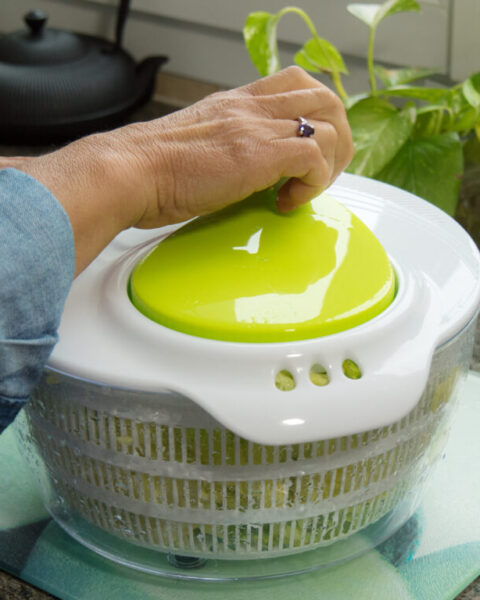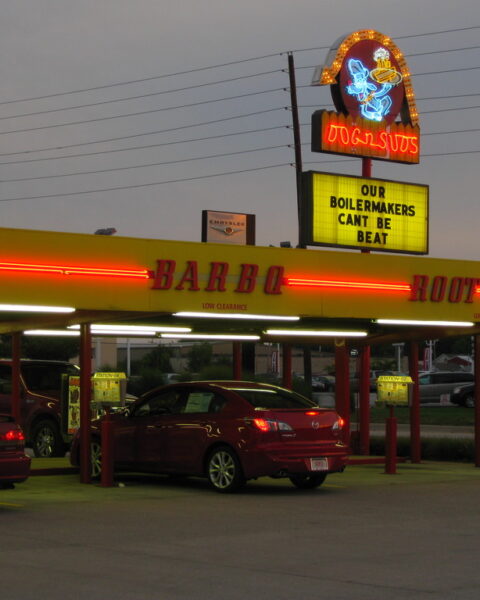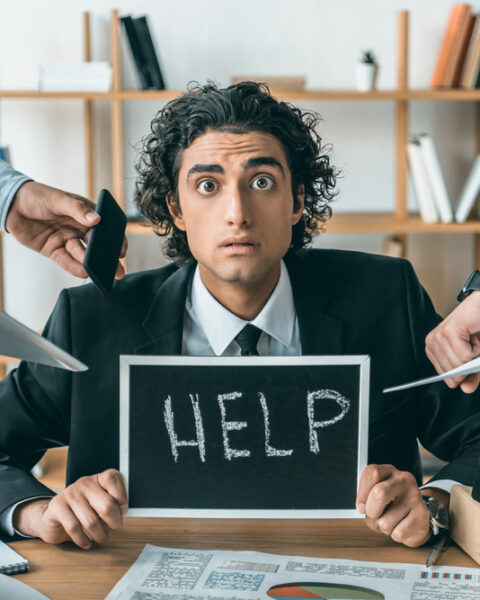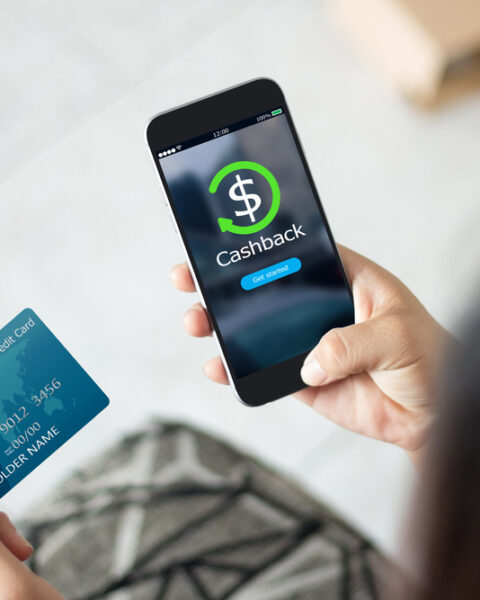Sometimes life throws unexpected challenges our way, and having a well-stocked emergency preparedness kit can make all the difference. Think of it as your survival toolbox, ready to help you handle anything from power outages to natural disasters. I’ve put together a list of essential items that will help you stay safe, comfortable, and ready for whatever comes your way. These items are practical, easy to store, and could be lifesavers when you need them most.
Contents
- 1 Non-Perishable Foods
- 2 Water
- 3 First Aid Kit
- 4 Prescription and Non-Prescription Medications
- 5 Sanitation and Personal Hygiene Items
- 6 Cell Phone and Charger
- 7 Flashlight
- 8 Battery-powered Radio
- 9 Extra Batteries
- 10 Copies of Important Documents
- 11 Extra Cash
- 12 Whistle
- 13 Multipurpose Tool
- 14 Family & Emergency Contact Information
- 15 Maps of the Area
- 16 Extra Set of Warm Clothes
- 17 Sleeping Bag & Blankets
- 18 Garbage Bags
- 19 Masks
- 20 Duct Tape
- 21 More From RetailShout
- 22 15 Delicious Prepared Meals to Get at Trader Joe`s
- 23 The 13 Unhealthiest Costco Bakery Foods
Non-Perishable Foods
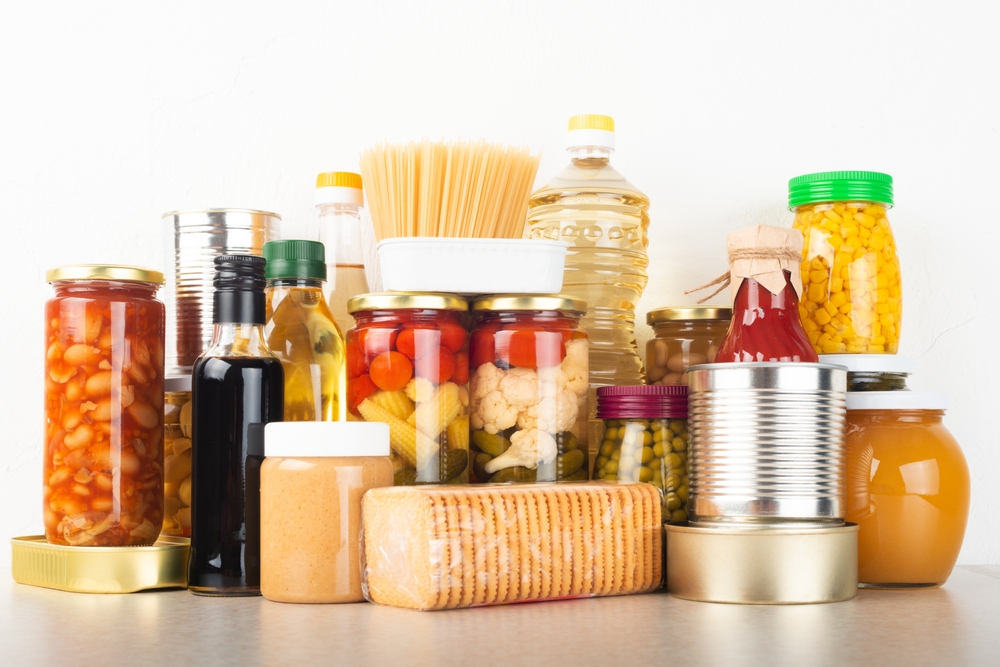
Non-perishable foods are crucial for any emergency preparedness kit because they have a long shelf life and do not require refrigeration. These include canned goods, dried fruits, nuts, and protein bars. They ensure that you and your family can sustain yourselves during an emergency when fresh food may not be available. Having a variety of non-perishable foods can also help maintain nutrition and energy levels during stressful times.
Water
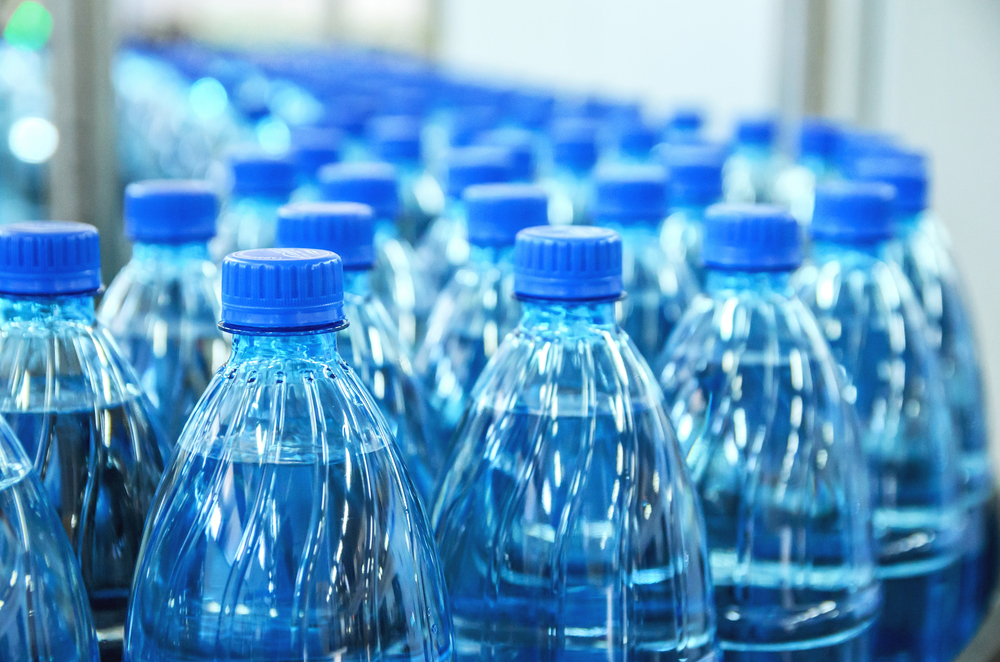
Water is the most essential item in an emergency preparedness kit, as it is necessary for hydration, cooking, and sanitation. It is recommended to have at least one gallon of water per person per day for a minimum of three days. Properly stored bottled water can last for years, ensuring you have a reliable supply during a crisis. Water purification tablets or filters can also be included to make potentially unsafe water safe to drink.
First Aid Kit

A first aid kit is essential for treating injuries and illnesses that may occur during an emergency. It should contain bandages, antiseptics, pain relievers, and medical tools like tweezers and scissors. A well-stocked first aid kit can prevent minor injuries from becoming severe and provide initial care until professional help is available. It is also useful for managing chronic conditions and addressing unexpected health issues.
Prescription and Non-Prescription Medications
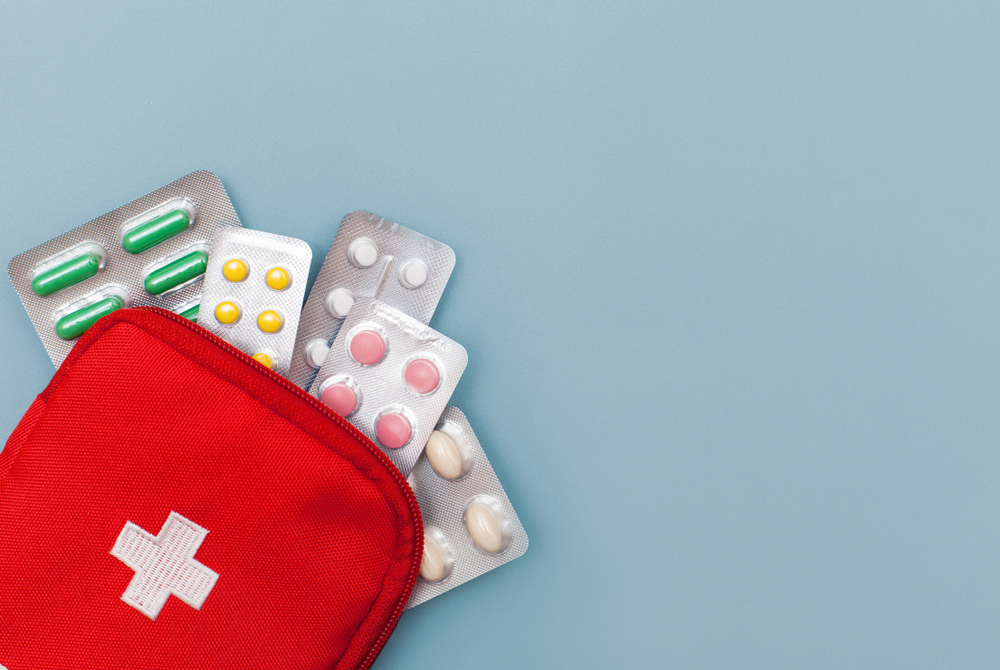
Prescription and non-prescription medications are vital for managing chronic conditions and treating common ailments during an emergency. Include a supply of any necessary prescription drugs, as well as over-the-counter medications such as pain relievers, antihistamines, and anti-diarrheal medicine. These can help alleviate symptoms and prevent complications, ensuring you stay healthy until normal medical services resume. Always check expiration dates and rotate your stock to keep it current.
Sanitation and Personal Hygiene Items

Maintaining hygiene during an emergency is important to prevent illness and infection. Sanitation and personal hygiene items include soap, hand sanitizer, feminine hygiene products, and toilet paper. Proper hygiene can prevent the spread of germs and help you feel more comfortable in a stressful situation. Having these supplies on hand ensures you can stay clean and healthy, even when regular facilities are unavailable.
Cell Phone and Charger
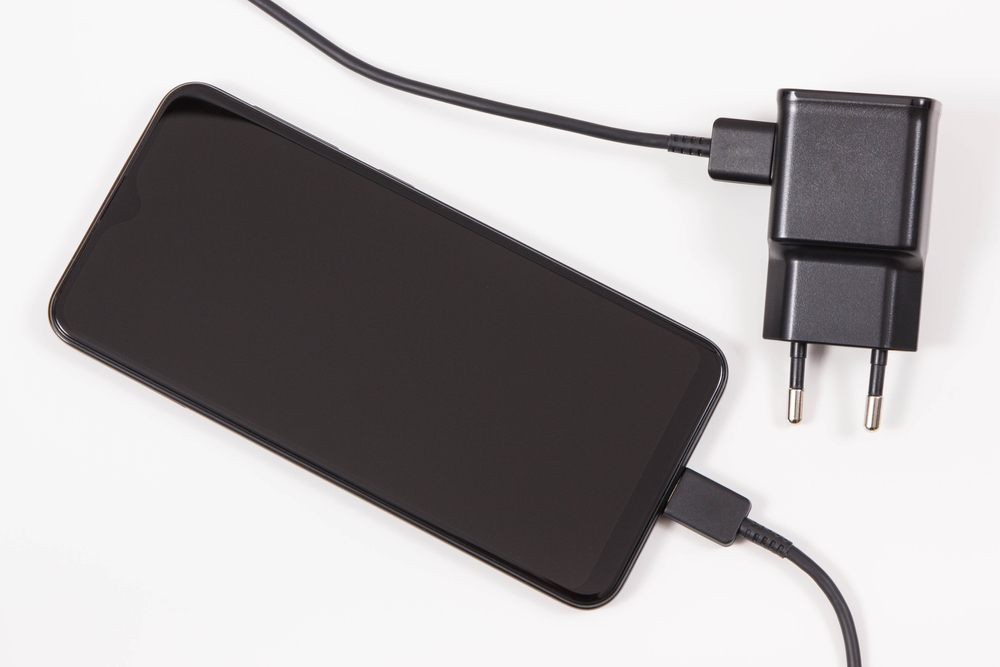
A cell phone and charger are essential for communication during an emergency. Ensure you have a way to keep your phone charged, such as a portable battery pack or solar charger. Staying in touch with family, friends, and emergency services can provide critical information and support. A charged phone can also be used to access emergency alerts and updates.
Flashlight

A flashlight is an essential tool for navigating in the dark during power outages or in low-light conditions. Choose a durable, water-resistant flashlight with extra batteries to ensure it works when you need it most. A flashlight can help you find your way, signal for help, and perform tasks safely in the dark. It’s a simple yet invaluable item for any emergency kit.
Battery-powered Radio

A battery-powered radio is vital for receiving news and emergency broadcasts when other communication methods fail. It can keep you informed about weather updates, evacuation routes, and other critical information. Ensure you have extra batteries to keep the radio operational. Staying informed can help you make better decisions and stay safe during an emergency.
Extra Batteries
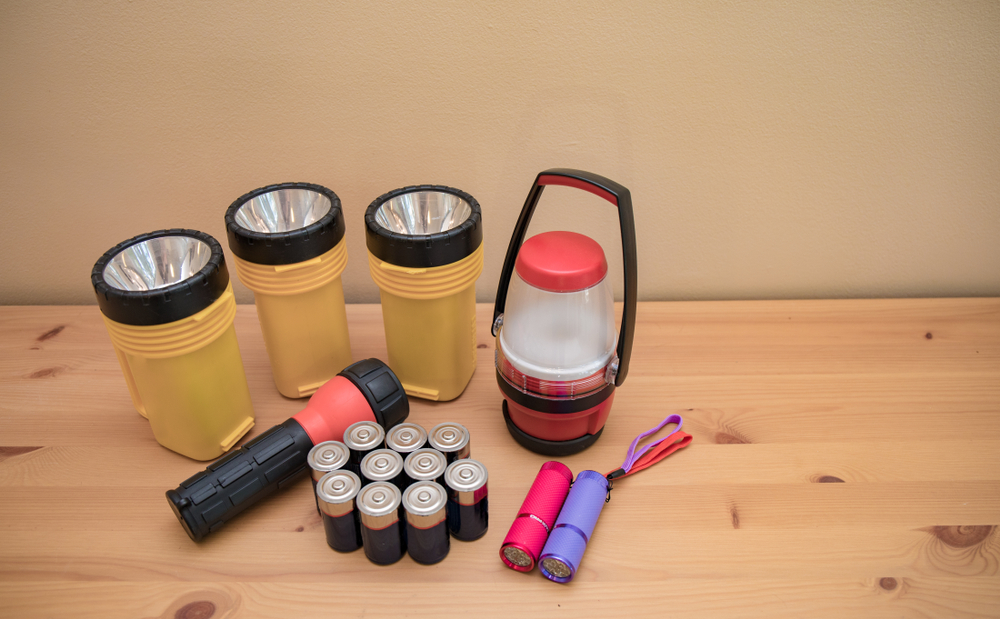
Extra batteries are crucial to keep your devices running during an emergency. They ensure that your flashlight, radio, and other battery-operated tools remain functional when you need them. Stock a variety of battery sizes to match your devices. Having a reliable power source can make a significant difference in your ability to manage an emergency effectively.
Copies of Important Documents
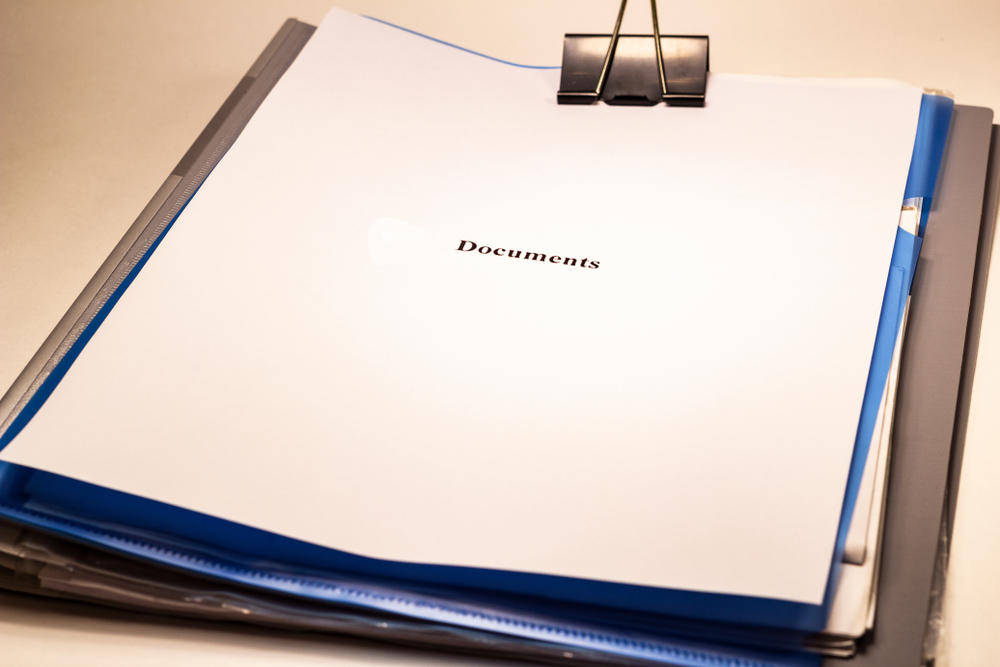
Copies of important documents such as identification, medical records, insurance policies, and bank information should be included in your emergency kit. Store these documents in a waterproof container to protect them from damage. Having these readily available can expedite recovery processes and provide necessary information to authorities. These documents are crucial for proving identity and accessing resources during and after an emergency.
Extra Cash
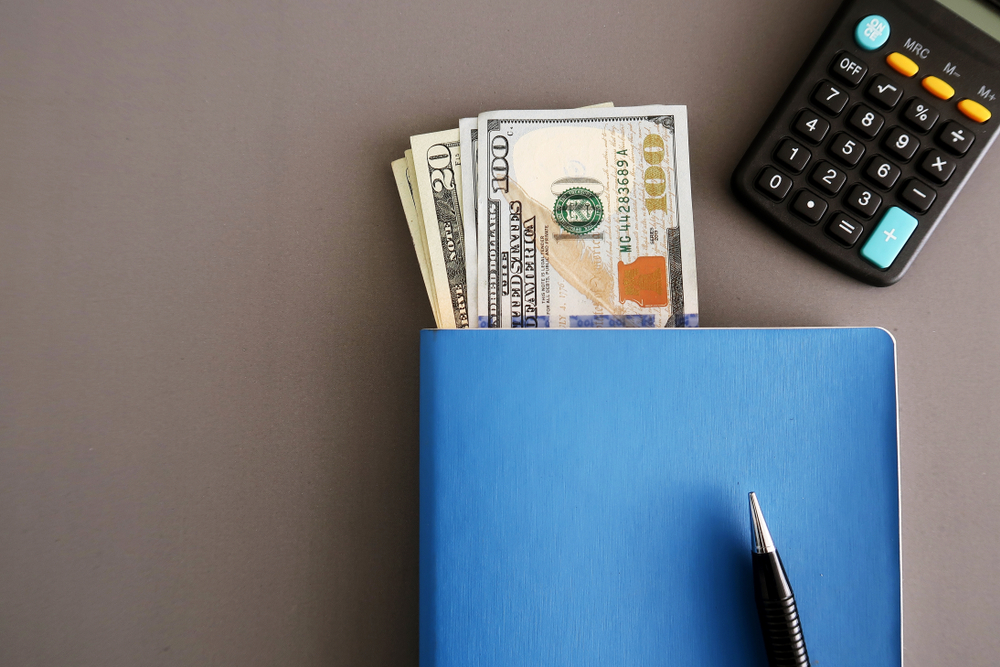
Extra cash is essential during emergencies when electronic payment systems may be down. Small bills are preferable, as they are easier to use for purchases. Cash can be used to buy supplies, pay for services, or secure temporary shelter. Having an emergency stash of cash ensures you can handle unforeseen expenses when other payment methods are unavailable.
Whistle
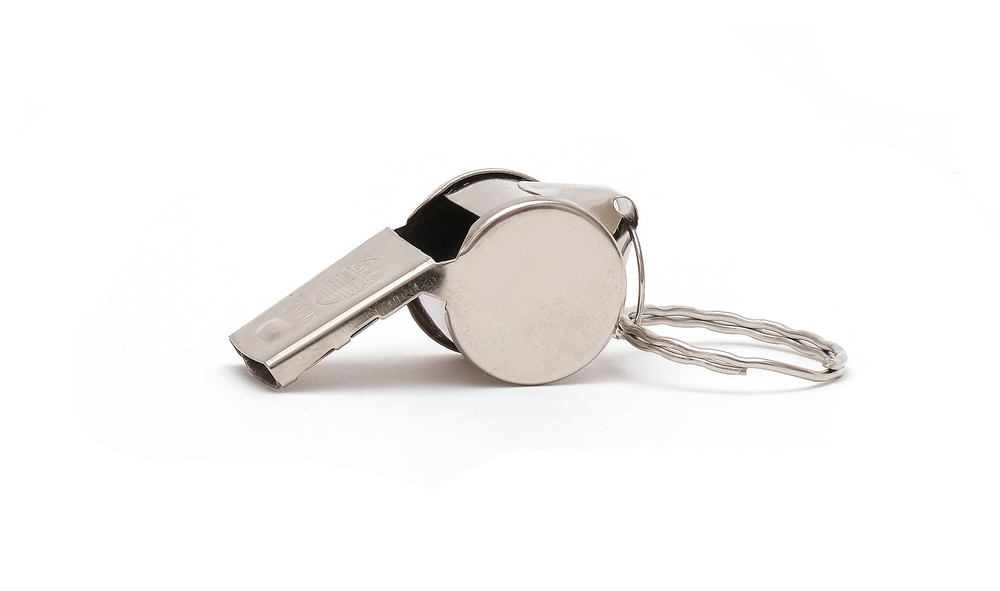
A whistle is a simple yet effective tool for signaling for help. Its loud, high-pitched sound can attract attention from a distance, making it easier for rescuers to locate you. Unlike shouting, which can quickly exhaust you, a whistle requires minimal effort to use. It’s an inexpensive and lightweight addition to your emergency kit that can be a lifesaver in critical situations.
Multipurpose Tool
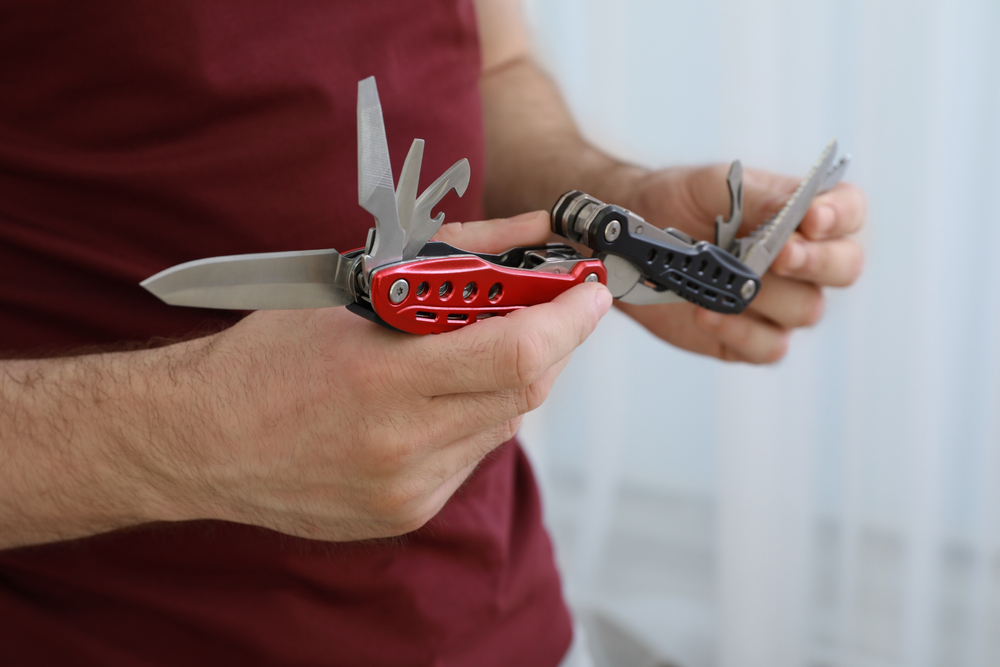
A multipurpose tool, such as a Swiss Army knife, combines several tools into one compact device. It typically includes a knife, screwdrivers, can opener, scissors, and more. This tool can be used for a variety of tasks, from preparing food to making repairs. Its versatility makes it a valuable asset in an emergency, helping you handle unexpected challenges with ease.
Family & Emergency Contact Information
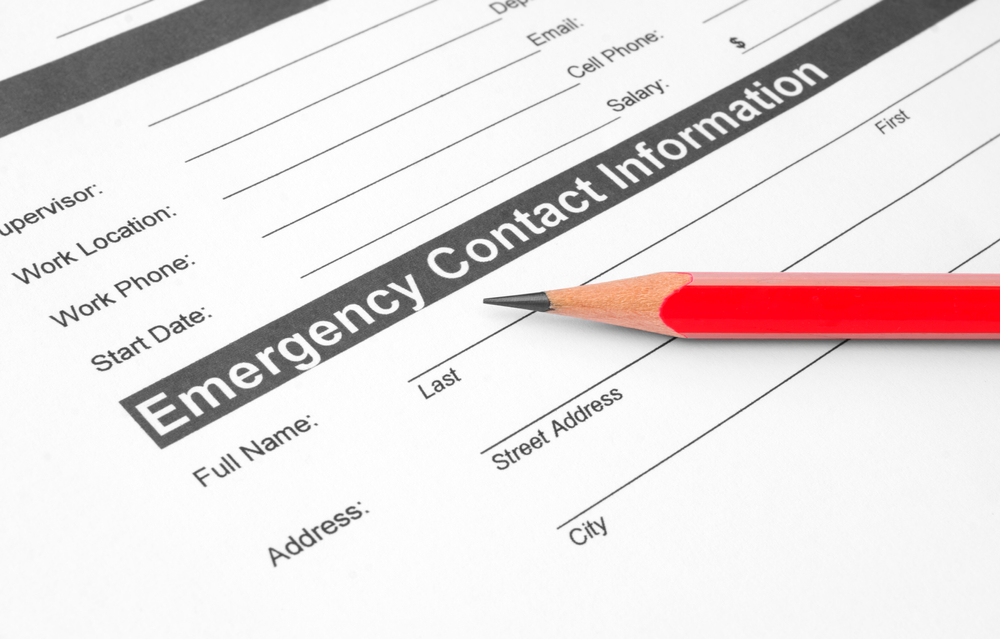
Keeping a list of family and emergency contact information is crucial for staying connected. This list should include phone numbers, email addresses, and any other pertinent contact details. In an emergency, you may need to reach out to family members, friends, or emergency services for assistance. Having this information readily available can expedite communication and coordination.
Maps of the Area
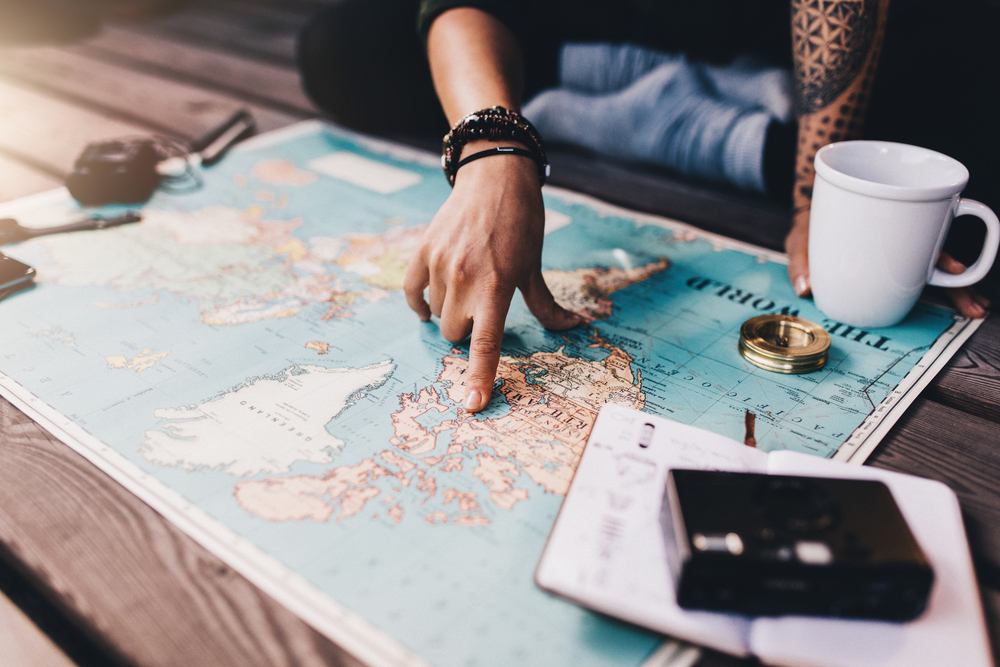
Maps of the area are essential for navigation during an emergency, especially if GPS services are unavailable. They can help you find evacuation routes, shelters, and other critical locations. Detailed maps provide a clear overview of your surroundings, allowing you to plan safe routes. Having a physical map ensures you can navigate even without electronic devices.
Extra Set of Warm Clothes
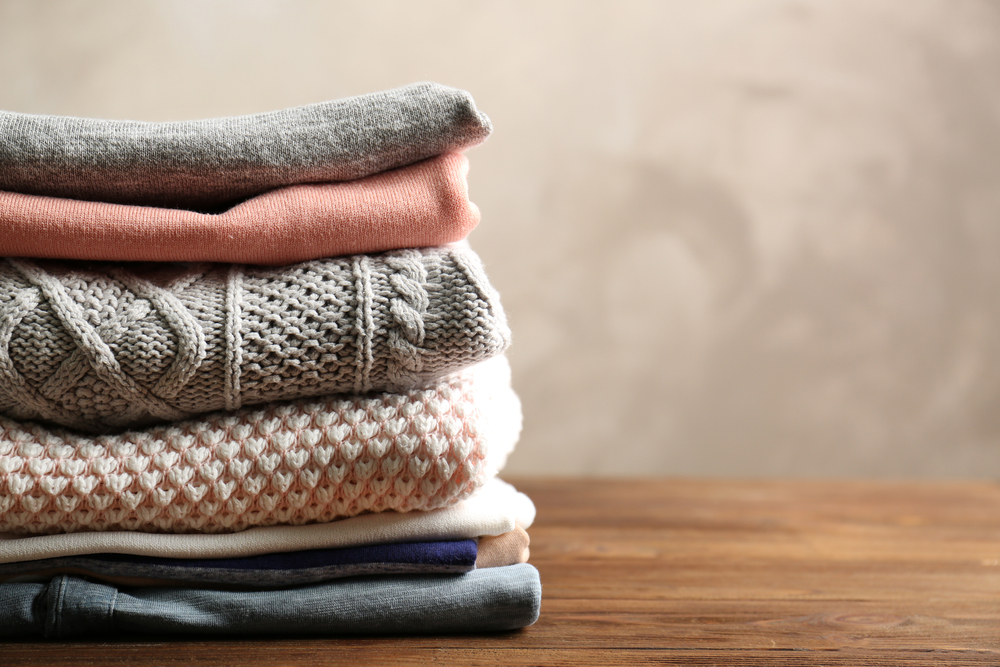
An extra set of warm clothes is necessary for staying comfortable and safe in cold conditions. Include items such as jackets, hats, gloves, and thermal underwear. Keeping warm can prevent hypothermia and other cold-related illnesses. Having spare clothes also ensures you stay dry and clean if your primary set gets wet or dirty.
Sleeping Bag & Blankets
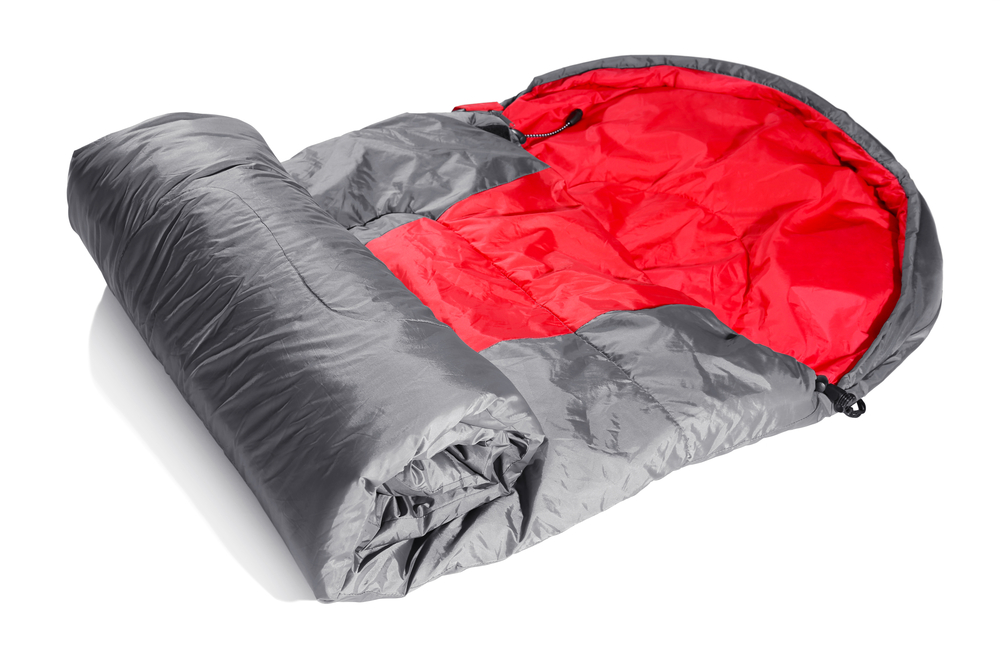
A sleeping bag and blankets provide warmth and comfort during an emergency, especially if you need to sleep outdoors or in an unfamiliar place. Choose a sleeping bag that is rated for the lowest possible temperature in your area. Blankets can be used for additional warmth or as padding. These items help ensure you get adequate rest and maintain body heat in adverse conditions.
Garbage Bags
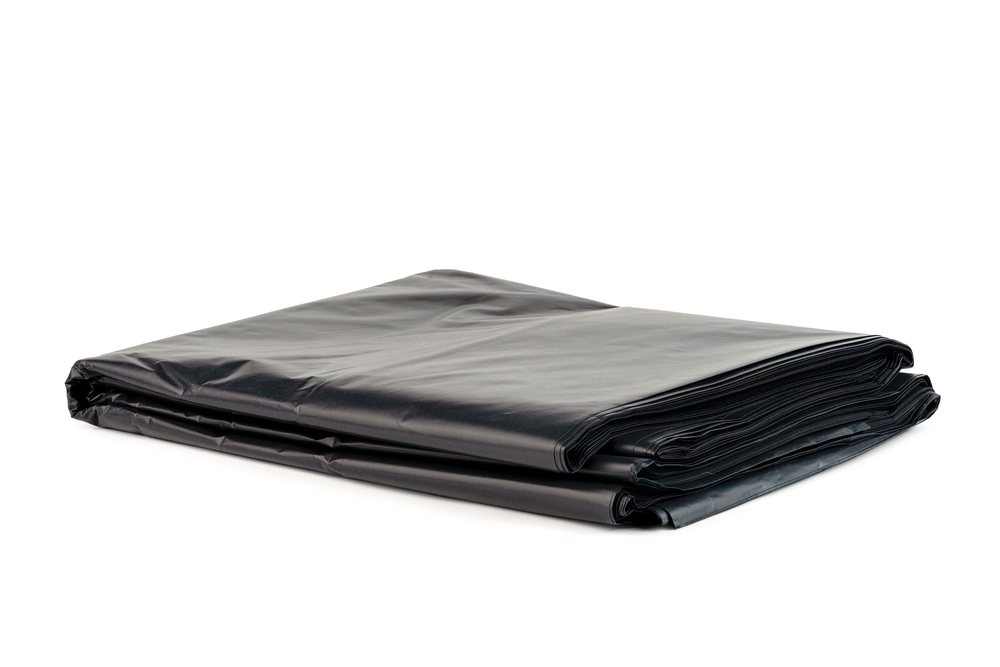
Garbage bags are versatile items that can be used for waste disposal, storage, and even as makeshift rain ponchos. They help maintain cleanliness by containing trash and preventing contamination. Large, sturdy garbage bags can also be used to protect belongings from water damage. Having a supply of garbage bags in your emergency kit ensures you can manage waste and protect your environment.
Masks

Masks are important for protecting yourself from dust, smoke, and airborne pathogens. They can be especially useful during natural disasters, such as wildfires or pandemics. Having masks on hand ensures you can breathe safely in compromised air quality. Including masks in your kit helps safeguard your respiratory health during various emergency scenarios.
Duct Tape

Duct tape is a strong, versatile adhesive that can be used for repairs, sealing leaks, and creating makeshift solutions. It can fix broken items, secure loose objects, and even provide temporary shelter. Having duct tape in your emergency kit allows you to address a wide range of problems efficiently. Its multifunctionality makes it a must-have for any preparedness kit.
This article originally appeared on RetailShout
More From RetailShout
I Tried Dozens Of Store-Bought Barbecue Sauces—Only These 18 Are Worth Buying
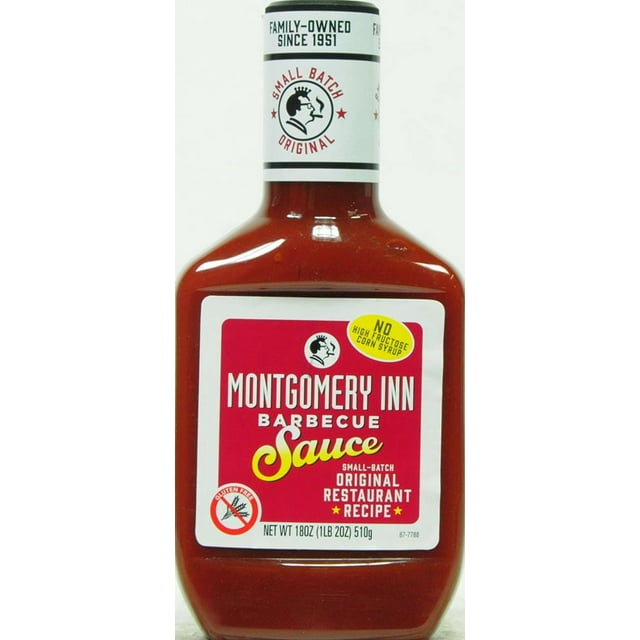
So, I went on a massive taste test adventure, trying dozens of different store-bought BBQ sauces, and let me tell you, it was quite the flavorful journey. Honestly, most were just okay, but I found 18 that really stood out and thought you might want to check them out. Read More.
15 Delicious Prepared Meals to Get at Trader Joe`s

A rich and creamy Indian-inspired dish that’s packed with tender chicken in a flavorful tomato sauce. Simply microwave or heat on the stove, and pair with rice or naan. Read More.
The 13 Unhealthiest Costco Bakery Foods
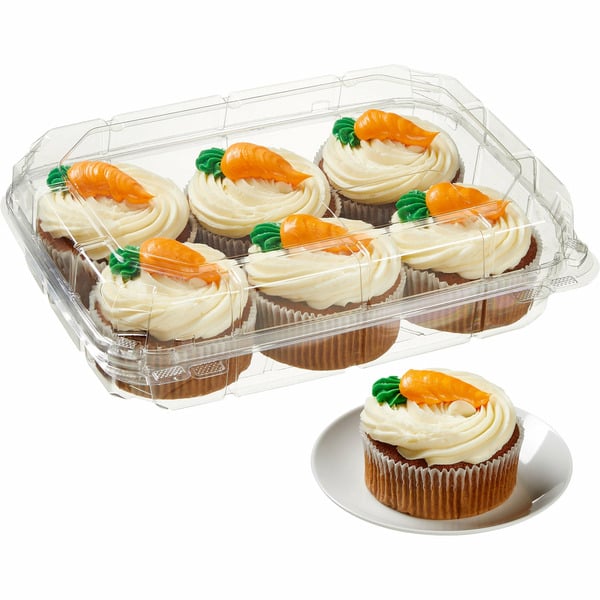
Walking through the Costco bakery section can be both a delight and a challenge. The aroma of fresh-baked goods is irresistible, and the selection is vast. Read More.

